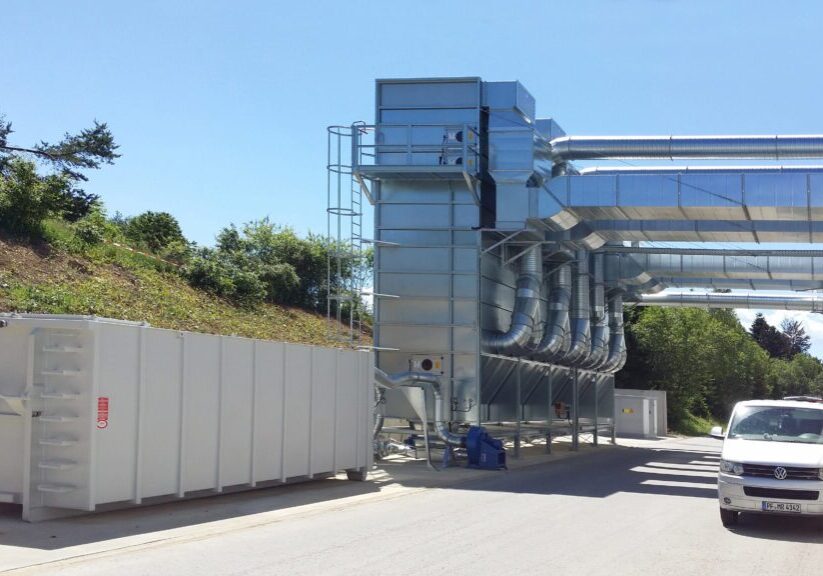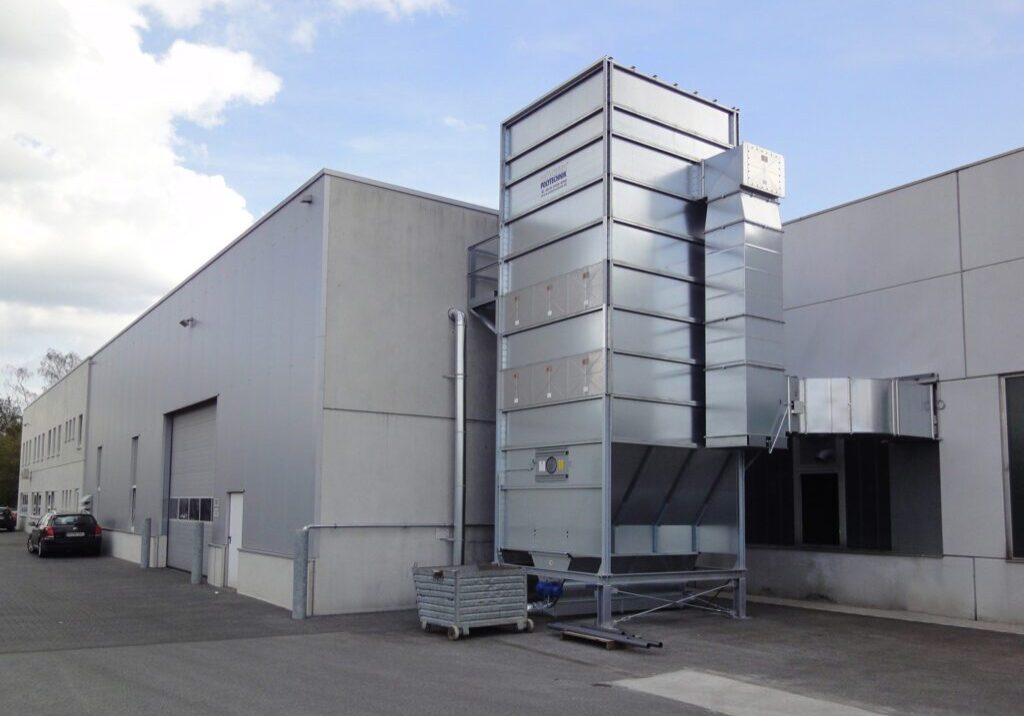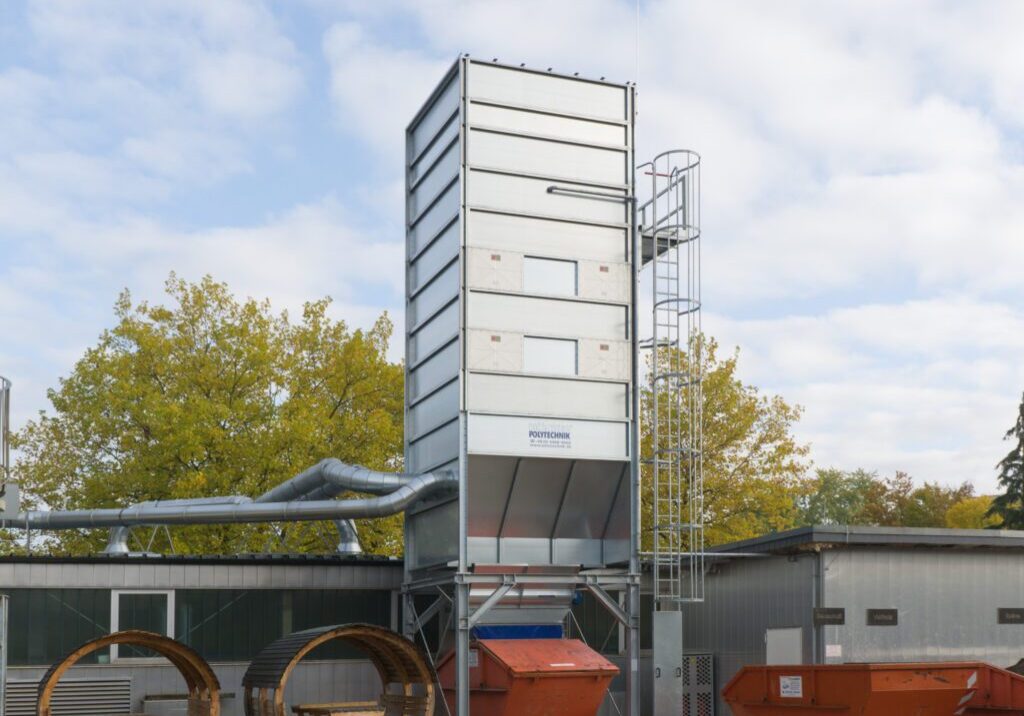Compliance isn’t a one-time event. It’s an ongoing process that requires regular reviews, updates, and attention to detail. Here’s a checklist to help you assess whether your woodworking business is meeting NFPA standards:
1. Conduct a Dust Hazard Analysis (DHA)
Every facility handling combustible dust must perform a DHA to identify ignition sources, inefficiencies, and high-risk areas. If you haven’t done this yet, it’s your first step toward compliance.
Action Step: Work with a qualified professional or certified safety expert to perform a DHA that meets NFPA 652 guidelines.
2. Maintain a Properly Designed Dust Collection System
A well-designed dust collection system isn’t just about efficiency; it’s about safety. Your system must be capable of safely capturing and containing wood dust, chips, and debris before they accumulate to hazardous levels.
Action Step: Ensure your dust collection system complies with NFPA 664 standards for design, capacity, and maintenance. Make sure the ductwork is designed to prevent dust accumulation and that filters are cleaned or replaced regularly.
3. Install and Maintain Spark Detection Systems
Wood dust can ignite quickly, making spark detection systems essential for preventing fires. NFPA 664 requires woodworking facilities to install spark detectors in dust collection ductwork and machinery.
Action Step: Install spark detection and suppression systems that activate automatically to prevent the spread of ignition sources.
4. Integrate Fire Suppression Solutions
Fire suppression systems are mandatory for areas where dust accumulates or flammable materials are processed. These include dust collectors, sanding machines, and storage areas.
Action Step: Check your current fire suppression systems and ensure they meet NFPA 664 standards. Conduct regular inspections and testing to confirm functionality.
5. Keep Records and Update Regularly
Compliance isn’t just about having the right equipment; it’s about proving you’re maintaining it correctly. OSHA inspectors will ask for documentation showing that your dust collection system, spark detection, and fire suppression systems are regularly inspected and maintained.
Action Step: Keep meticulous records of all maintenance, inspections, and safety checks. Update your Dust Hazard Analysis (DHA) annually or when significant changes occur in your operations.
 Pro Tip: NFPA compliance is all about the details — regular inspections, maintenance, and up-to-date records keep your shop both safe and efficient. Treat compliance like clockwork, not a checkbox, and you’ll avoid disruptions while protecting your team and bottom line.
Pro Tip: NFPA compliance is all about the details — regular inspections, maintenance, and up-to-date records keep your shop both safe and efficient. Treat compliance like clockwork, not a checkbox, and you’ll avoid disruptions while protecting your team and bottom line.

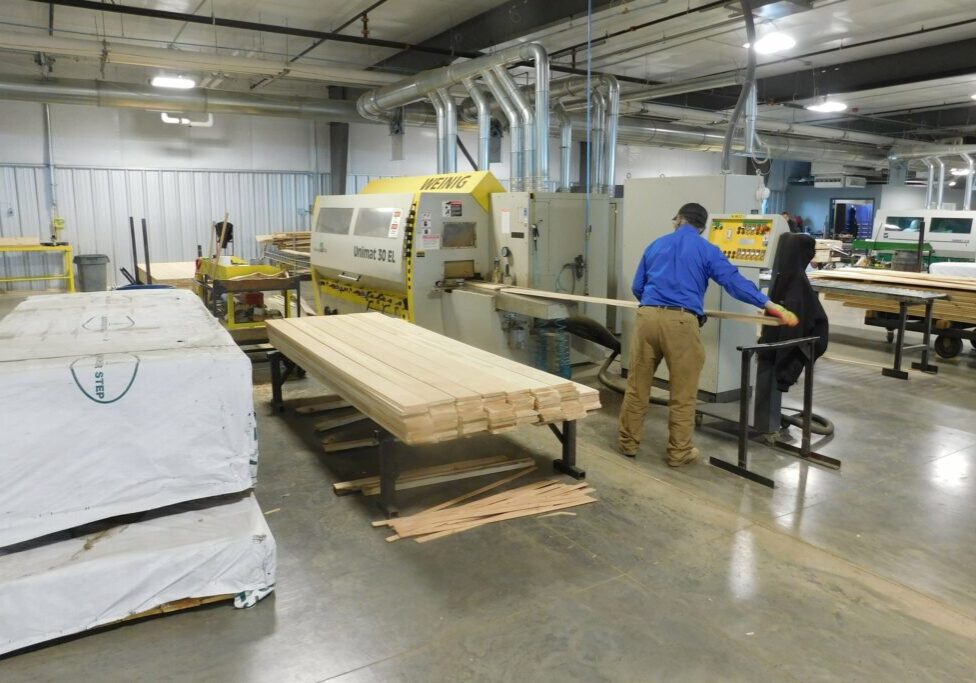
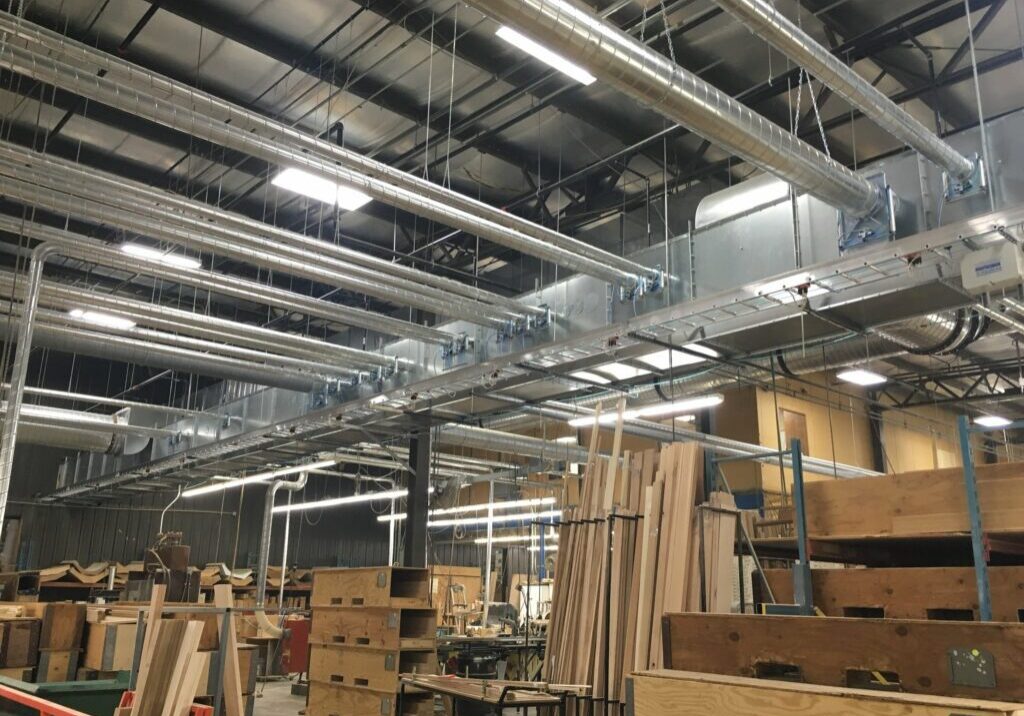
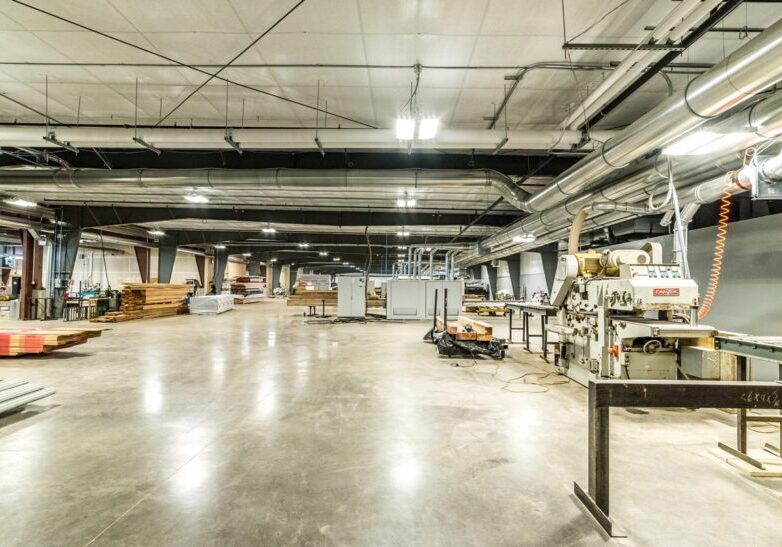
![JB1_20171218_00027_preview[1] JB1_20171218_00027_preview[1]](https://hockeramerica.com/wp-content/uploads/bb-plugin/cache/JB1_20171218_00027_preview1-1024x683-landscape-d37da909590e55e7af02b6ae3fddc17b-.jpeg)
